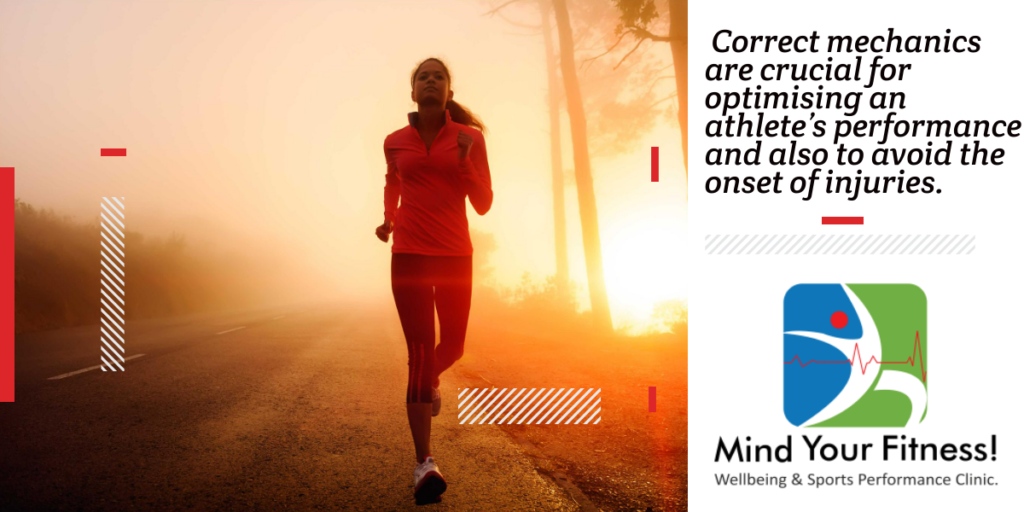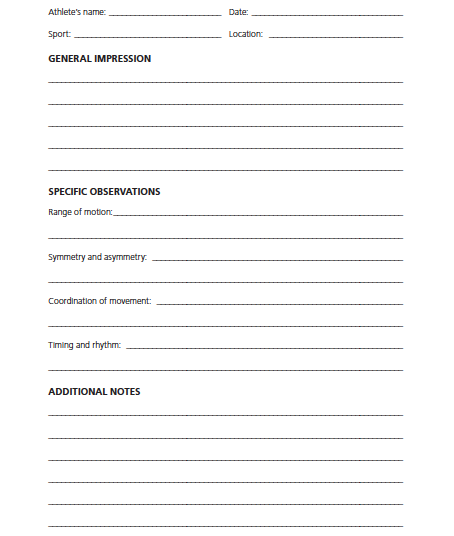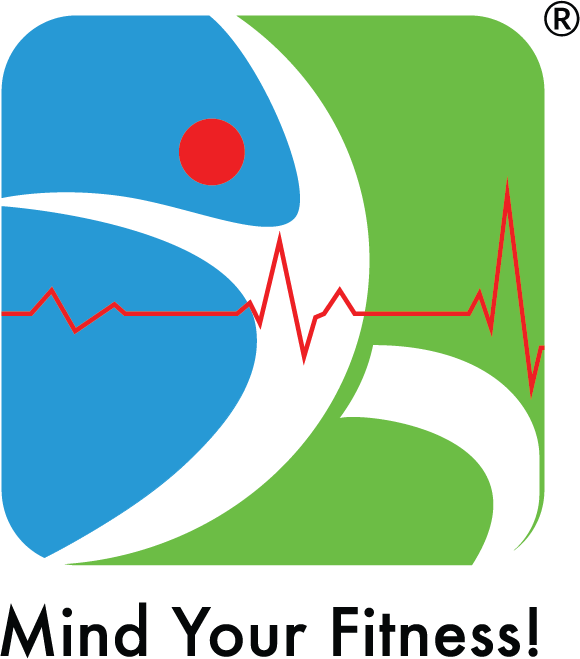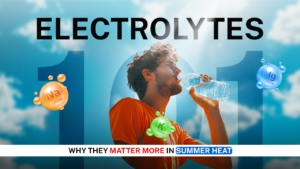
The goal of every Training Program is to maximize effectiveness and improve competitive performance. By minimising risk of injuries and maximising enjoyment, a well-designed training program can benefit competitive athletes as well as non-competitive and recreational athletes.
Regular testing helps determine is working to improve an athlete’s performance or is detrimental to progress. Usually field testing is more convenient and accessible than laboratory testing and hence preferred by most athletes and coaches.
Testing should ideally include measures to test :
- Movement Analysis and Biomechanics.
- Aerobic Endurance.
- Muscular Endurance.
The test data gathered should be shared by the coaches with the athletes. This data, over a period of time will be a valuable feedback for the athlete. This data should also be used to make necessary changes in the training program.
The testing equipment should be well checked and calibrated prior to the tests, else it will lead to incorrect and unreliable data. If a training program is analysed based on unreliable data, then the analysis will be flawed.
Movement Analysis and Biomechanics
Unlike sports such as cricket, tennis etc, Endurance sports are not considered to be highly technical. In Endurance sports, movements are repeated multiple times in each training session. Hence, correct mechanics are crucial for optimising an athlete’s performance and also avoid the onset of injuries.
Movement can be analysed by :
- An experienced eye.
- Video analysis.
- Customized Biomechanics equipment – pressure sensors, force plates, 3-d motion analysis software.
Although every athlete has unique physical features and strengths, which dictate the individual movement style, we can consider certain movement patterns as more efficient and categorise them as Proper Form.
Examples :
- Running : Foot landing underneath the knee reduces braking of movement with each stride and reduces stress on the musculoskeletal system.
- Cycling : Knee and foot should traverse in a vertical pathway, when viewed from the side they should overlap each other. This puts less stress on the knee joint.
- Swimming : Proper mechanics will produce less drag, allowing the individual to move more fluently in the water, and thus reduce strain on the shoulder joint.
Video Analysis :
Using training and competition videos for review can act as a great tool to improve performance. Athletes and coaches should view the videos together to pinpoint the possible improvements in movement techniques. The videos could be played in slow-motion to analyse certain minute movements that a naked eye can miss. The coach can suggest drills, exercises or mental cues upon analysing the videos. Necessary changes can be incorporated in the training program, foussing on any postural, gait or musculoskeletal issues.
Athletes training alone or with a training partner can analyse the videos themselves. A lot of free and professional video motion analysis softwares are also available these days for a more precise analysis.
3-d imaging systems and Pressure sensors :
At certain sports medicine facilities and clubs, sophisticated equipment like 3-d imaging systems and pressure sensors may be available. A qualified biomechanist can use these equipment to closely monitor the athlete’s biomechanics and give a thorough report.
The popular notion is that an endurance athlete moves the way they naturally do and should not bother about poor mechanics. Nothing can be further from truth than this, even subtle changes in biomechanics can go a long way in reducing chances of injury and enhancing performance.
With a comprehensive movement analysis, one can determine :
- Muscle groups (Prime movers, assisting muscles and stabilisers) used (strength imbalance)
- Type of muscle contractions (Concentric, eccentric, isometric)
- Range of motion of joints.
- Type of joint movements involved (Flexion, Extension, adduction etc.)
- Posture and gait.
- Dominant energy system.
All these factors are crucial and will help in planning an efficient training program.
For recreational athletes, a coach or an expert Sports Physiotherapist will help analyse their movement and suggest changes needed to be incorporated.
A general worksheet for an individual to analyse their movement is given below. Periodically (4 to 8 weeks) completing a similar worksheet will help monitor outcomes of the training program.






